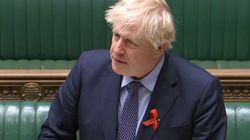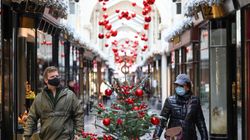
England’s second lockdown is officially over. But that doesn’t mean an end to coronavirus rules.
On Tuesday night, MPs backed Boris Johnson’s plan for a toughened-up three-tier system of restrictions – though the prime minister faced a pretty significant rebellion from his own party.
It means that, from today, England returns to a regional approach in tackling the Covid-19 pandemic, with each area under a certain set of rules.
But what are the new restrictions? And how are they decided?
Here’s what you need to know.
What are the new rules?
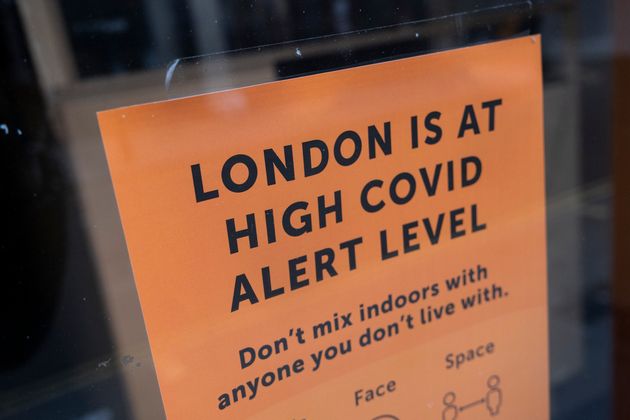
As before the lockdown, there will be three tiers of restrictions, with tier 3 representing the strictest level of rules.
But the government has made some of the restrictions more strict in a bid to keep coronavirus infections under control.
Tier 1
The rule-of-six for social gatherings, both indoor and outdoor, will be enforced, unless for work and education purposes.
Shops, gyms, hairdressers, beauty salons and leisure centres will be open.
Pubs and restaurants can open, but there is table service only and venues must take last orders at 10pm and close their doors at 11pm.
Collective worship and weddings can take place, with a maximum of 15 guests.
Outdoor sports can take place but there is a maximum crowd size of either 50% occupancy of the stadium or 4,000 spectators, whichever number is smaller.
Indoor sport can take place with a maximum of 1,000 spectators.
People are encouraged to minimise travel and to work from home where possible.
Tier 2
Mixing of households indoors is banned and the rule-of-six for social gatherings applies for outdoors.
Shops, gyms, hairdressers, beauty salons and leisure centres will be open.
Pubs and restaurants can open but alcohol can only be served with a substantial meal, with the same opening times restriction as in tier 1.
Collective worship and weddings can take place, with a maximum of 15 guests.
Outdoor sports can take place but there is a maximum crowd of 50% of overall capacity or 2,000, whichever is smaller.
Indoor sport can take place with a maximum of 1,000 spectators.
People should work from home where possible.
Tier 3
Household mixing both indoors and outdoors is banned. The rule-of-six for gatherings in public gardens or parks applies.
Shops, gyms, hairdressers, beauty salons and leisure centres will be open.
Hospitality venues such as pubs and restaurants, hotels and indoor entertainment venues will be forced to close. Delivery and takeaway services will be permitted, however.
Attending indoor and outdoor sport events is banned.
People should avoid travelling outside their area except for work, education or health reasons.
People should work from home where possible.
How to find out which tier you are in
From Wednesday, 99% England will be under tier 2 or 3 restrictions – only Cornwall, the Isles of Scilly and the Isle of Wight are entering tier 1.
If you’re unsure about which rules you should be following in your area, use HuffPost UK’s Covid tier checker.
How were the tiers decided?
According to ministers, the level of restrictions each areas is facing depends “primarily” on five key factors:
-
Case detection rates in all age groups
-
Case detection rates in the over-60s
-
The rate at which cases are rising or falling
-
Positivity rate (the number of positive cases detected as a percentage of tests taken)
-
Pressure on the NHS, including current and projected occupancy
When will the tiers be reviewed?
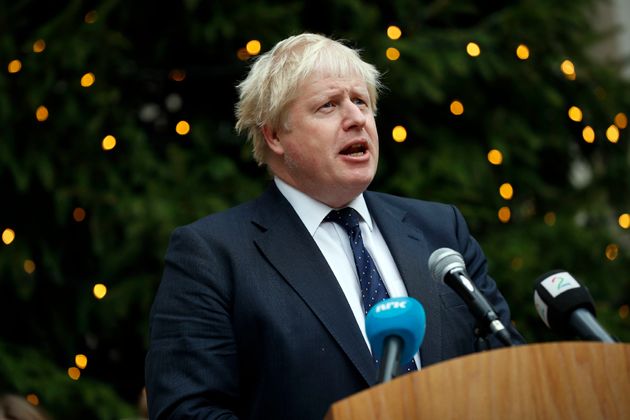
Restrictions are set to be reviewed in two weeks, on December 16. It means that areas that make progress in slowing the spread of the virus could still be moved down a tier before Christmas.
Speaking last week, health secretary Matt Hancock said: “I know for those of you faced with Tier 3 restrictions this will be a particularly difficult time but I want to reassure you that we’ll be supporting your areas with mass community testing and extra funding.
“By following the rules together we can get out of these tough measures.”
How long will the three-tier system last?
In November, Boris Johnson said the three-tier system of restrictions would last until March, in a bid to keep coronavirus infections under control.
However, amid a backlash from Tory MPs about the tougher restrictions – which are likely to have a significant impact on businesses – the PM wrote to colleagues telling them that regulations “have a sunset of 3 February”.
It means that MPs will get another vote on the tier system and will get to decide whether it remains in place until March.
Do the tiers affect the rules over Christmas?
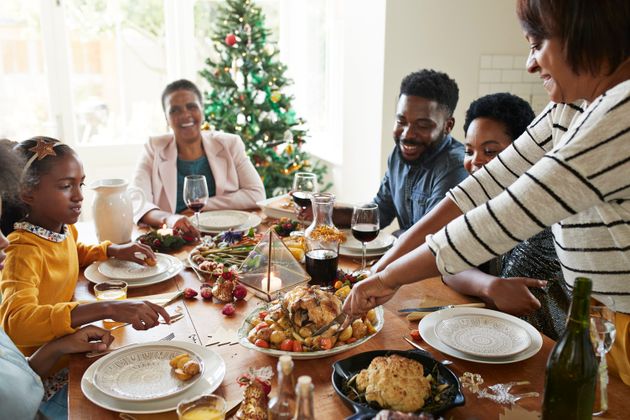
No. Regardless of what level of restrictions your area is under, you will be able to form a three-household bubble between December 23 and 27.
Cabinet Office minister Michael Gove said the move “will offer hope for families and friends who have made many sacrifices over this difficult year”.
Students in England going home for the holidays are part of that one household, rather than their student household.
Meanwhile, children under 18 whose parents live apart can be a part of both parents’ bubbles if they chose to form different groupings.
Otherwise, once a bubble has been formed it cannot change – and all those within it must obey the tier 1, 2 or 3 rules rules within the area they are visiting.
On Sunday, the government published even more guidance on England’s first Covid Christmas, with rules on everything from carol singing to visiting Santa’s grotto. Read more here.
